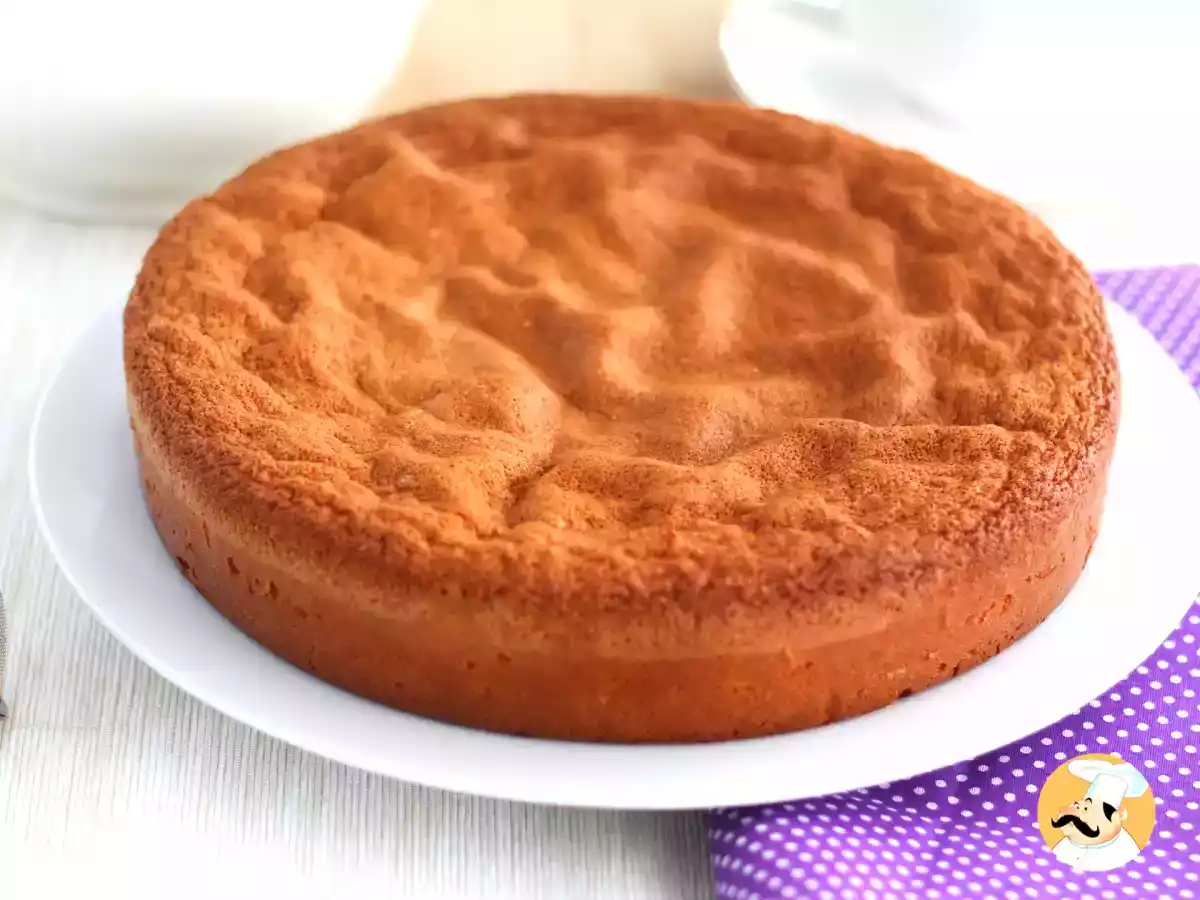Goodbye deflation! 8 secrets to a dreamy sponge cake

Sponge cake is a timeless baking classic, but it often proves to be a real puzzle in the kitchen. Who hasn't dreamed of a tall, fluffy, moist-hearted sponge cake? With the right tricks, turning this basic preparation into a masterpiece is easier than you think. Check out our tips for a perfect sponge cake every time!
1. Beat the eggs well
The key to a fluffy, light sponge cake lies in whipping the eggs. It is a crucial step that requires patience and precision. Whip the eggs with the sugar for at least 10 to 15 minutes until the mixture is puffy, fluffy and a nice light color. This operation incorporates air into the dough, making it light and airy.
2. Pay attention to the flour
A common mistake that can lead to deflation is adding flour too vigorously. Sifting it finely before adding it to the mixture is essential to oxygenate it and make it lighter. Mix with a spatula, using slow, gentle motions from the bottom up, almost as if you are trying to hug the dough. Avoid using whips or electric beaters at this stage: gentleness is the key to a perfect result.
3. Use eggs at room temperature
4. Preheat the oven to the right temperature.
By preheating the oven to 170-180°C, we provide the dough with an optimal baking environment. The even heat stimulates leavening, creating a honeycombed structure and a golden, crisp crust. It also prevents heat shocks that could cause the dough to collapse, ensuring a perfect end result.
5. Do not open the oven during cooking
Resist the temptation to peek into the oven ahead of time! Opening the door abruptly drops the temperature, causing the dough to collapse. The sponge cake needs a warm, stable environment to rise properly. Wait at least 25-30 minutes (if it is baking the sponge cake at 350°F/180°C) before checking: patience will be rewarded by a soft, tall cake!
6. Do not overdo it with baking powder/baking soda/yeast (if you use it).
If the recipe calls for beaking powder, be careful not to overdose. Too much baking powder can lead to unexpected results: it will rise too much, creating an uneven and brittle texture. Once baked, the sponge cake may collapse, losing its characteristic fluffiness.
7. Avoid banging or moving the pan.
Abrupt movements are like earthquakes for sponge cake: they can collapse the delicate air bubble structure that makes it soft and tall. Once it is poured into the pan, avoid slamming or shaking the mixture excessively to ensure an even rise and a perfect result.
8. Cool in the oven
Once baking is complete, turn off the oven and leave the sponge cake inside for 5-10 minutes with the door slightly ajar. This step is critical to reduce the temperature change and allow the cake to stabilize, preventing it from deflating abruptly when taken out of the oven.

Sponge cake, the easy recipe

Vanilla whipped cream, perfect to stuff layer cakes or to decorate a cake !

Nutella whipped cream, perfect to frost layer cakes !

Layer cake with strawberries and mascarpone cream

Homemade neapolitan cake
 Daniele Mainieri
Daniele Mainieri
Comments